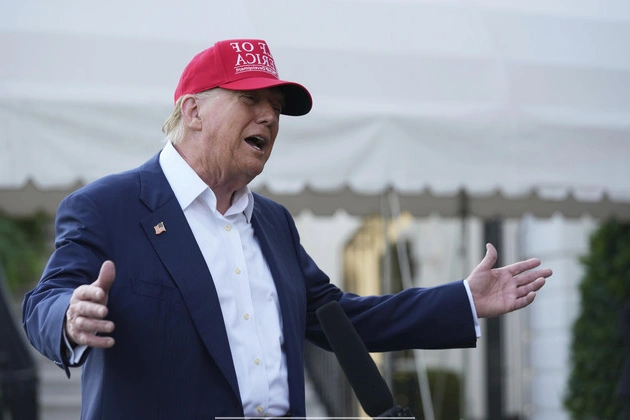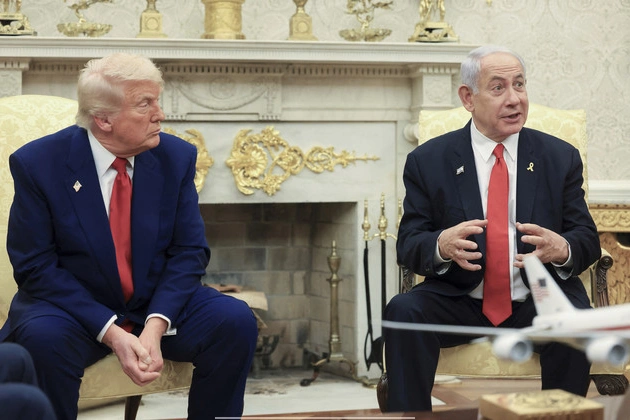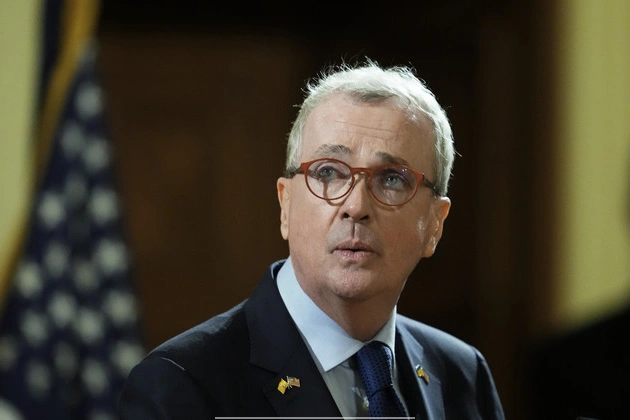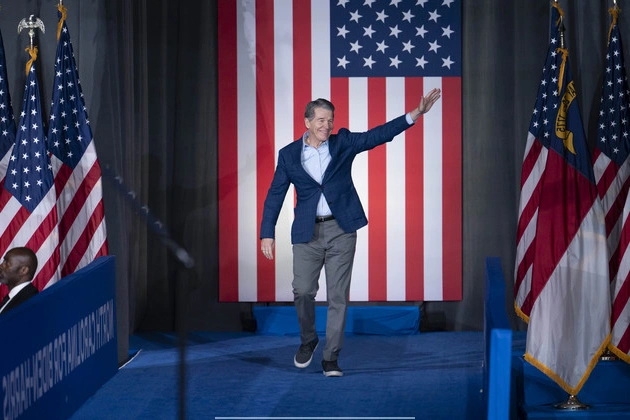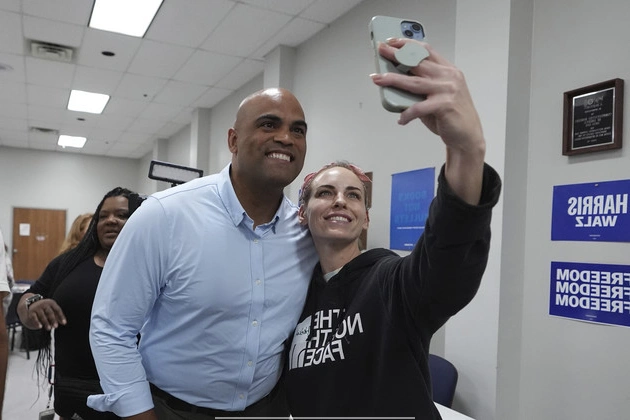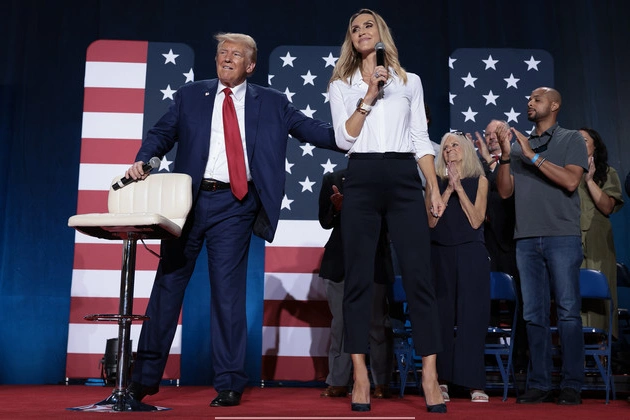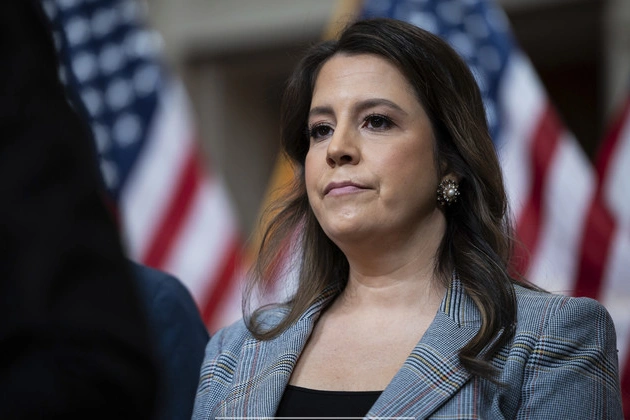
President Donald Trump’s decision to withdraw Rep. Elise Stefanik’s nomination is a clear indicator of the challenges Republicans are currently facing in the political landscape. The reluctance to risk a special election, even in traditionally safe red seats, underscores the growing complexity of the upcoming races.
Political Environment Shift
The anticipation surrounding the April elections in deep-red regions of Florida was aimed at bolstering the GOP’s House majority and facilitating Stefanik’s transition. However, Trump’s expressed preference to maintain Stefanik in her current position reflects a shift in priorities driven by the evolving political dynamics.
As the race to fill the seat of National Security Advisor Mike Waltz intensifies, Republicans find themselves in a more challenging position than anticipated. Recent polling data from the district, which Trump overwhelmingly won, indicates a narrowing margin between the Democratic and Republican candidates, prompting concerns within the GOP ranks.
Strategizing Amid Uncertainty
Internal GOP polls revealing a potential lead for the Democratic candidate have heightened concerns among Republicans, prompting a reassessment of their strategies to ensure a decisive victory in the upcoming elections. The reluctance to risk losing Stefanik’s seat, a stronghold that Trump secured by a significant margin, is a strategic move to safeguard their position in the House.
Republican strategists are deliberating the risks associated with special elections, especially in districts where the GOP’s performance may not align with the historical trends. The cautious approach reflects a broader concern within the party regarding the electoral landscape and the need to secure key positions in the upcoming contests.
Assurance Amidst Challenges
Despite the uncertainties surrounding the upcoming elections, Republicans remain steadfast in their belief that they can secure victory in any race for Stefanik’s seat. The National Republican Congressional Committee’s confidence in winning both special and general elections underscores their commitment to maintaining control and influence in crucial political arenas.
Stefanik’s withdrawal from the nomination process signifies a unified front within the party, emphasizing the importance of teamwork and leadership in navigating the complex political terrain. Her reassurance of continued service in alternative capacities underscores her dedication to the party’s objectives.
In parallel developments, the Democratic candidate’s significant fundraising efforts have garnered attention, prompting last-minute support from prominent figures. The escalating competition and strategic maneuvers indicate a heightened level of engagement and intensity in the electoral battleground.
Political Dynamics and Strategic Shifts
The evolving political landscape, marked by shifting voter coalitions and emerging challenges, underscores the need for Republicans to adapt and engage more effectively with their base. The changing dynamics of voter engagement and turnout necessitate a reevaluation of traditional strategies to secure electoral success.
As Republicans navigate the complexities of upcoming elections, the strategic decisions and calculated moves reflect a broader effort to consolidate support and navigate the evolving political landscape. The emphasis on engaging voters and mobilizing key constituencies highlights the party’s commitment to securing victories in critical races.
Brakkton Booker and Seb Starcevic contributed to this report.






